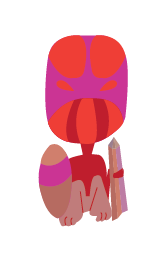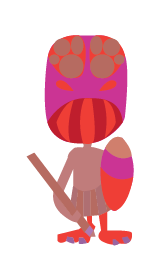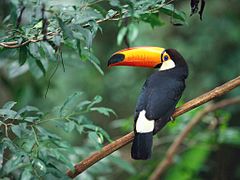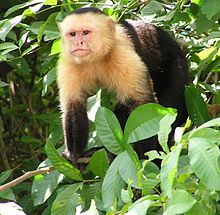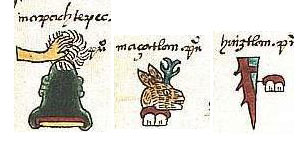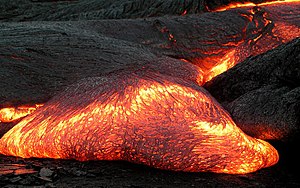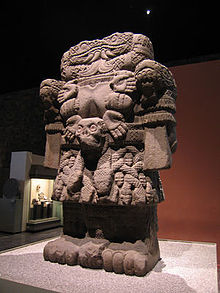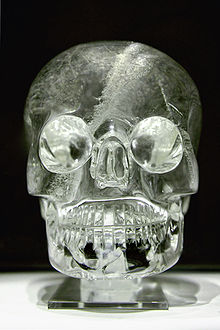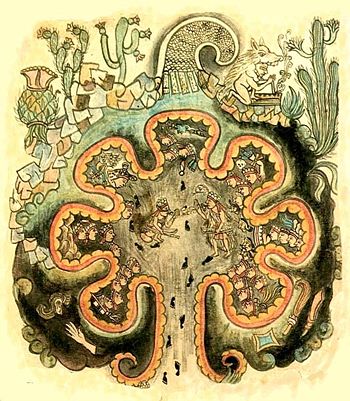press us

drag us
"We arrived to the Central American Rain Forest greeted by toucans in the sky and a rubber tree forest in the land, white-faced capuchin monkeys statues were all hover the entrance of the Aztec city of Teotihuacan."
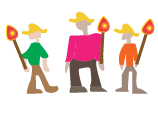
drag us
"Soon after entering the temple we found ancient writing and a magma stream under our feet, animal sculpture where all around us on our way deep in the cave. "

drag us
"Finally our torches iluminated a chamber with 3 pre-Columbian Mesoamerican Quartz artifacts, which we took, and then the Chicomoztoc, "the place of the seven caves," revealed its Magic on us."

